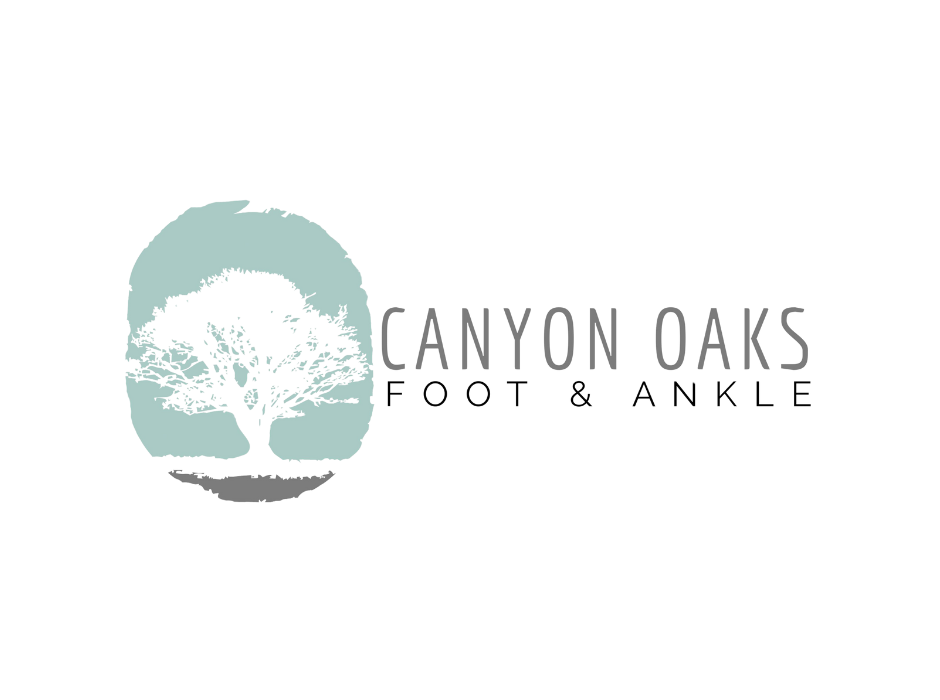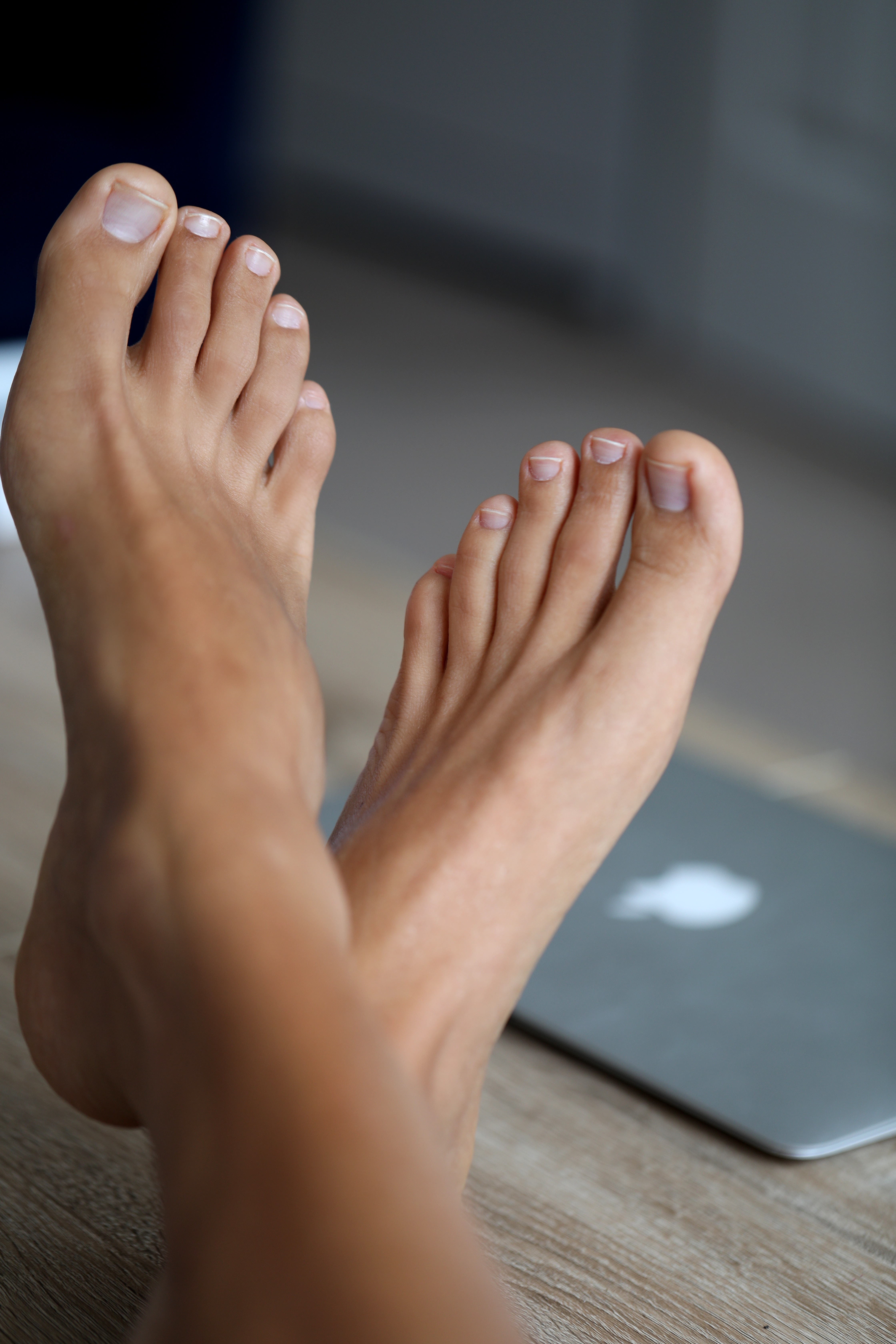A bunion is a large bump that forms at the metatarsophalangeal joint of the big toe. When your big toe is pushed against the next toe, the joint begins to stick out, and a bunion will form over time.
Although bunions generally form at the base of the big toe, smaller bunions can also develop at the bottom of the little toe.
They can develop from wearing shoes that are too tight. If a patient is already suffering from bunions, wearing improper shoes can aggravate them further.
While bunions often result from narrow shoes, they aren’t the only cause. Seeing as foot and bone structure run in families, some people are predisposed to developing bunions.
People who spend the majority of their workday on their feet are also prone to developing bunions. Although there are several treatments for bunions, bunion surgery can provide a more permanent fix.
Bunion Surgery Procedure
It may be time to consider bunion surgery if non-surgical treatments have failed to alleviate your pain. If your bunion has begun to prevent you from making certain movements or interferes with your daily life, surgery may be the best option.
Bunion surgery is a fairly straightforward procedure. Before the surgery, a local anesthetic known as an ankle block is applied to the foot. The patient is awake for the process, but their entire foot will be numb.
Your podiatrist will most likely perform one of three bunion surgeries. They are as follows:
- Osteotomy: In an osteotomy, cuts are made in the bone to help restore its alignment. Pins or plates may be used to help maintain the realignment.
- Arthrodesis: During this procedure, the entire bunion surface is removed, and pins and screws will be inserted to hold the bones together until they’ve healed. This procedure is typically used for patients who suffered from severe bunions.
- Exostectomy: The bunion is removed, but there is no realignment done to the bone. This procedure is typically alongside an osteotomy, as an exostectomy by itself often results in the return of a bunion.
After the bunion removal, your foot will be bandaged. Once your anesthesia has worn off, it’s okay to go home.
Bunion Surgery Recovery
Your podiatrist will give you instructions to care for your foot. These will be instrumental in having a successful recovery.
You’ll be given a boot to wear for about two weeks following your surgery. It’s important to avoid aggravating your stitches or getting them wet.
Once the surgical boot is removed, you’ll be given a brace, and will use crutches for a few weeks to avoid putting pressure on your foot. Try to stay off your foot and apply ice to reduce inflammation if necessary.
It’s recommended that women avoid wearing high heels during their recovery time.
Come into Canyon Oaks Podiatry for a Consultation
If you’ve been on the fence about bunion surgery, complete the form below. We will contact you within one business day to discuss your options with you.

